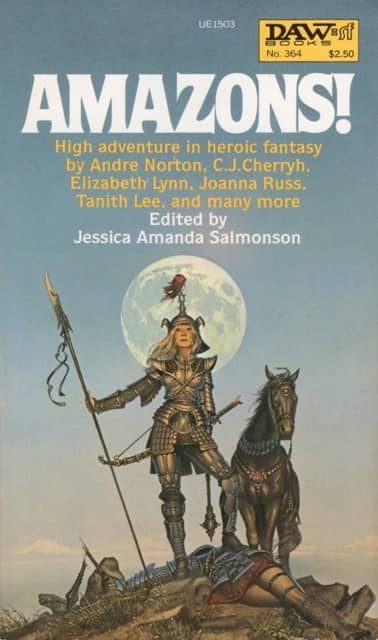Fantasia 2020, Part XV: Kakegurui
 Consider if you will the high school story. By which I mean a story set at a high school, usually involving some members of the student body. It’s relatively unusual for these kinds of stories to be about actual academic achievement, or to put more than maybe one or two members of the faculty in the foreground. It happens, of course. But usually high school stories are about the students, and their lives and interactions, with classes and teachers and adults as external factors that can be used to shape the story but are ultimately incidental to it.
Consider if you will the high school story. By which I mean a story set at a high school, usually involving some members of the student body. It’s relatively unusual for these kinds of stories to be about actual academic achievement, or to put more than maybe one or two members of the faculty in the foreground. It happens, of course. But usually high school stories are about the students, and their lives and interactions, with classes and teachers and adults as external factors that can be used to shape the story but are ultimately incidental to it.
In this sense Kakegurui may be considered to approach the platonic ideal of the high school story, dealing as it does with a school for the children of the ultra-rich where there are no teachers and no classes and no adults. All the students do is gamble, with not only money but status on the line. A tyrannical student council runs the school, and those who lose the games become slaves — called ‘kitties’ or ‘doggies’ depending on gender.
The movie was directed by Tsutomu Hanabusa from a script Hanabusa wrote with Minato Takano; it’s an entry in a franchise that started with a manga written by Homura Kawamoto and illustrated by Toru Naomura. There are spin-offs series and a prequel, along with an anime adaptation. The live-action movie follows the continuity of a live-action TV version, which has run for two seasons and is available on Netflix. I haven’t watched the show, but there were relatively few manga adaptations at Fantasia this year; and I tend to enjoy those more than most do, perhaps because I have little experience with the original comics. At any rate, I watched Kakegurui (also Kakegurui: The Movie, Eiga: Kakegurui, 映画 賭ケグルイ), and was entertained.
The first minutes of the Kakegurui film introduce us to the school, Hyakkaou Private Academy, and to some of the people and factions at play. A mysterious transfer student named Yumeko Jabami (Minami Hamabe, Ajin: Demi-Human) emerges as the lead character, but there are also a group of punkish rebels, and a puritanical sect of anti-gambling students who have formed a Village of their own in an unused building on the school grounds. The plot of the film’s mainly to do with Jabami being pulled into the conflict between the Village and the student council, but there are schemes within schemes at play.
Which is to say that the film doesn’t end with anything approaching finality. It’s still mostly satisfying. The construction of the plot’s solid, and I’m impressed at how much exposition is delivered quickly yet comprehensibly in the film’s opening minutes. Much of what’s set up pays off, but this is clearly an installment in an ongoing story, and while it wraps things up for its main characters the institution of the school remains relatively untouched.
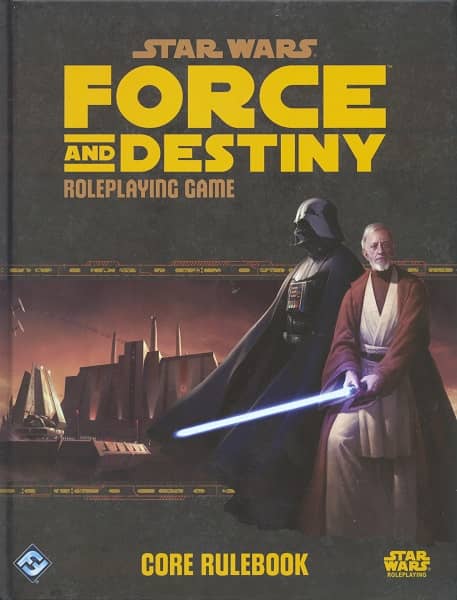
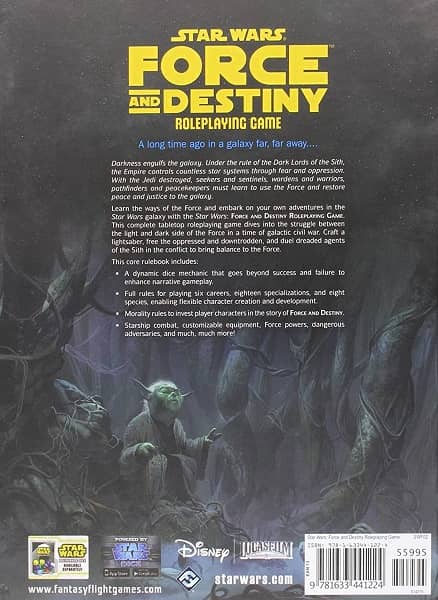
 Watching a film festival at home instead of in theatres raises a question that’s become a much-debated point over the last couple of years: is the experience of viewing a movie on a TV screen essentially different and essentially lesser than watching the same movie in a theatre? I don’t think there’s a single answer to this question. Different movies and different viewers and different circumstances will create better or worse scenarios. I think it is probably safe to say that the theatrical experience has much more sensory power; that the powerful sound system and the controlled environment and the full dark of a theatre will usually be more immediately overwhelming to a viewer. But it’s reasonable to wonder if a movie that relies on sheer sensory power can be called ‘a good movie.’
Watching a film festival at home instead of in theatres raises a question that’s become a much-debated point over the last couple of years: is the experience of viewing a movie on a TV screen essentially different and essentially lesser than watching the same movie in a theatre? I don’t think there’s a single answer to this question. Different movies and different viewers and different circumstances will create better or worse scenarios. I think it is probably safe to say that the theatrical experience has much more sensory power; that the powerful sound system and the controlled environment and the full dark of a theatre will usually be more immediately overwhelming to a viewer. But it’s reasonable to wonder if a movie that relies on sheer sensory power can be called ‘a good movie.’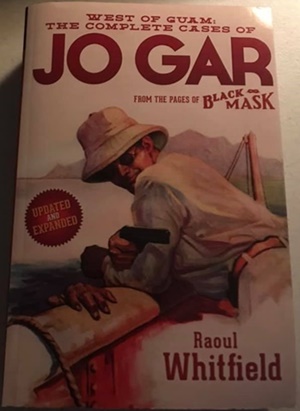
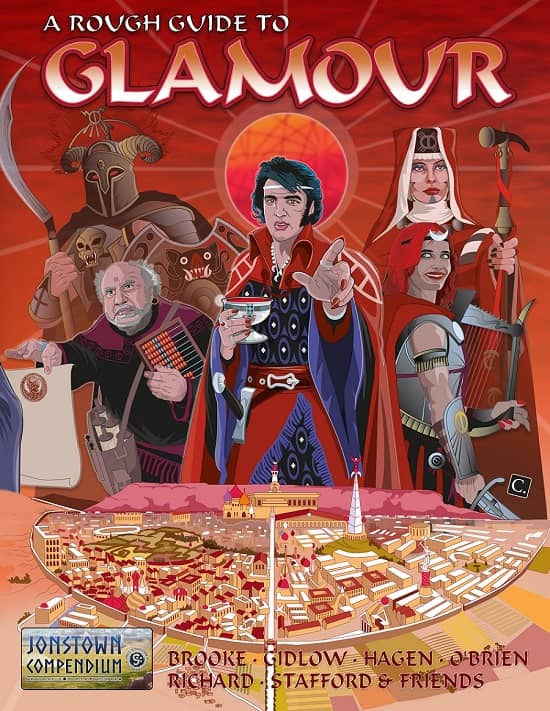
 Miyamoto Musashi (1584-1645) was one of the greatest samurai and greatest swordfighters ever to live. By his own account, he fought over sixty duels and won all of them. Stories about Musashi have been told and retold over the centuries, notably including the great novel Musashi (1935-39) by Eiji Yoshikawa. Films about him have proliferated, the most famous likely being Hirohi Inagaki’s Samurai trilogy (1954-55) starring Toshiro Mifune as Musashi.
Miyamoto Musashi (1584-1645) was one of the greatest samurai and greatest swordfighters ever to live. By his own account, he fought over sixty duels and won all of them. Stories about Musashi have been told and retold over the centuries, notably including the great novel Musashi (1935-39) by Eiji Yoshikawa. Films about him have proliferated, the most famous likely being Hirohi Inagaki’s Samurai trilogy (1954-55) starring Toshiro Mifune as Musashi.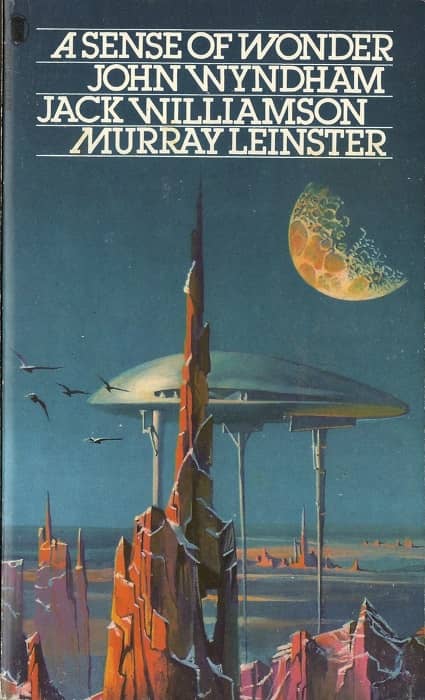
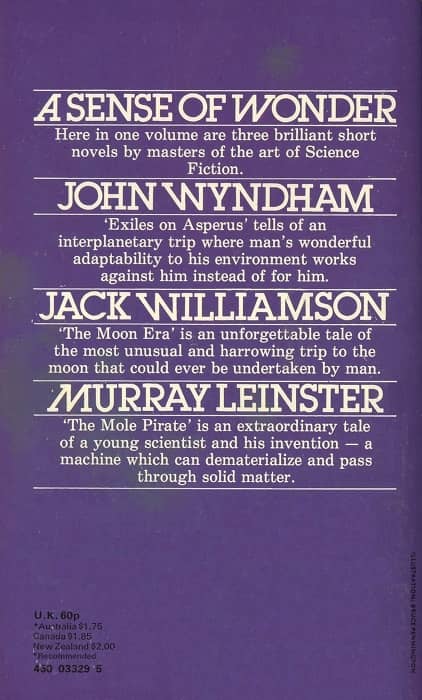
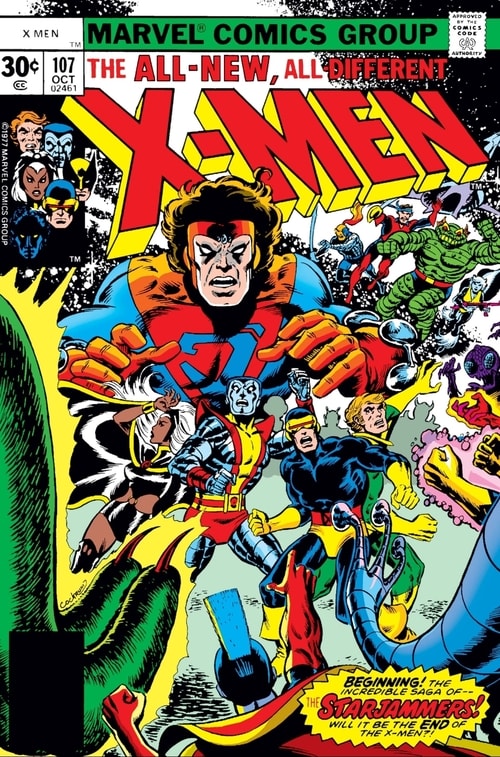
 The chain of inspiration behind a work of art can be stunning to behold. Ernst Theodor Amadeus Hoffman was a musician, critic, and fiction writer in the early nineteenth century whose surreal and gemlike short stories are wonders of early fantasy. Some of those stories were worked into the libretto of Jacques Offenbach’s 1881 opera Les contes d’Hoffmann. Adapted to films at least three times, most notably by Michael Powell and Emeric Pressburger in 1951, Offenbach’s work would inspire the great manga creator Osamu Tezuka in 1973. A
The chain of inspiration behind a work of art can be stunning to behold. Ernst Theodor Amadeus Hoffman was a musician, critic, and fiction writer in the early nineteenth century whose surreal and gemlike short stories are wonders of early fantasy. Some of those stories were worked into the libretto of Jacques Offenbach’s 1881 opera Les contes d’Hoffmann. Adapted to films at least three times, most notably by Michael Powell and Emeric Pressburger in 1951, Offenbach’s work would inspire the great manga creator Osamu Tezuka in 1973. A 